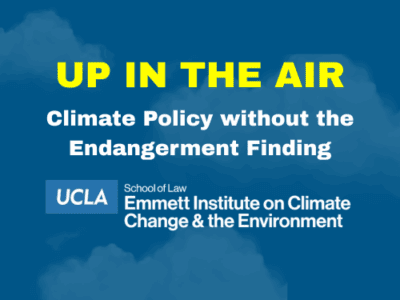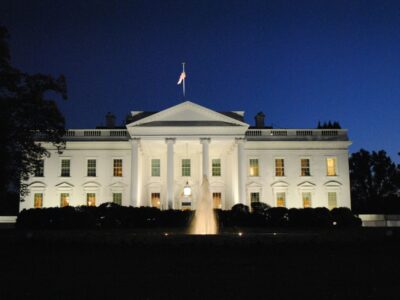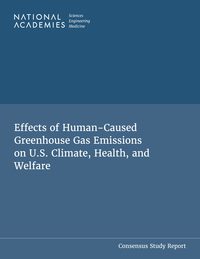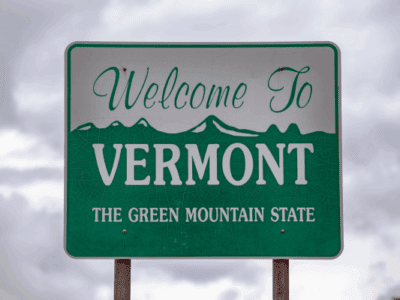Regulatory Policy
Our National Parks are Open — and Openly Threatened
The Drain is a weekly roundup of environmental and climate news from Legal Planet.
“I’m still here working.” That’s what a park ranger at Yosemite National Park told me last Friday, as he made his rounds. Anyone who thinks they can flagrantly break the park rules during the government shutdown is in for “a rude awakening,” he said. Literally. He and other rangers have been using noise to wake …
Continue reading “Our National Parks are Open — and Openly Threatened”
CONTINUE READINGLearning from the Laureates
The 2025 Economics Prize, Technological Innovation, and the Energy Transition
In energy technology as elsewhere, Trump is hobbling American science with budget cuts and demands for political submission. The epitome of his approach is the decision to give political appointees rather than experts the ultimate decision on each project, replacing scientific merit with politics as the deciding factor. His war on science is also a war on future economic growth. And his effort to halt creative destruction is the pathway to a stagnant economy. By trying to prop up an incumbent industry threatened by new technologies, he’s undercutting a central driver of economic growth.
CONTINUE READINGThe War on Public Health Continues
Friday’s layoffs announcements at CDC targeted infectious disease control
During the COVID outbreak, President Trump said, “If we stopped testing right now, we’d have very few cases, if any.” That philosophy seems to have taken hold during his second term in office. On Friday, the Administration fired more than a thousand CDC workers, incljding the scientists and doctors who provide key information and expertise about infectious disease outbreaks. The effect is to kneecap the government’s capacity to detect and track outbreaks.
CONTINUE READINGProblem solved?
Bipartisan proposal for permitting reform from Problem Solvers Caucus is a good first step, but has much more work to do
The permitting reform conversation continues in Congress – this time with a long set of proposals from the bipartisan Problem Solvers Caucus, based on a range of conversations with different stakeholders and interest groups. There is much that is good in this set of proposals, but there are also proposals that require more thought, or …
Continue reading “Problem solved?”
CONTINUE READINGFirst Monday? More Like ‘First Moanday.’
Since conservatives got a supermajority on the Supreme Court, it’s been on an anti-environmental tear.
Never say never. Maybe someday the Court will surprise us with a big win for the environment. But it would be foolish to count on that. We can also hope that the Court will do other good things, such as reining in Trump’s executive overreach. But it would be foolish to count on the Court to take a stand in favor of environmental protection.
CONTINUE READINGWebinar: Climate Policy without the Endangerment Finding
UCLA Law’s “Up in the Air” webinar explores the future of federal and state climate policy if the endangerment finding is repealed.
As Environmental Protection Agency Administrator Lee Zeldin rushes to rescind the endangerment finding — which some have called “the Holy Grail of U.S. climate policy” — the UCLA Emmett Institute hosted an expert panel discussion on the reasoning and ramifications of such a move. The effort underlines “an extraordinarily dark time in U.S. environmental politics,” …
Continue reading “Webinar: Climate Policy without the Endangerment Finding”
CONTINUE READINGAfter Trump: Recreating Agencies From the Ground Up
A Game Plan for 2029
By 2029, much of the government’s top echelon – the most experienced and expert public servants — will have been forced out or will have fled the government voluntarily. The lower ranks will be depleted and demoralized. Fortunately, there are some options for moving quickly in the policy sphere. In planning for the post-Trump world, reformers will have a big advantage over exercises like Project 2025: instead of being run by ideologues, the planning process can call upon people who know how government works and who want to make it work better rather than destroying it.
CONTINUE READINGReinventing NEPA
What do we really want NEPA to do? And what’s the best way to do it?
Imagining reform legislation from Congress is difficult, but it’s worth imagining, if only as a thought experiment, how we could do better. I would suggest we start by asking what we can expect NEPA to accomplish after fifty years of judicial decisions and agency practice – and whether there are better ways of accomplishing those things.
CONTINUE READINGNational Academies School the Trump Administration on Gold-standard Science
Report on Effects of Human-Caused GHG Emissions on US Climate, Health, and Welfare shows how actual science is done.
It’s not news that the Trump administration has little interest in getting the facts right. But facts often matter for crafting policy that serves our societal goals. And it’s not rare for the law to require that specific factual findings underpin government decisions. In both cases, we need to assemble, understand, and apply the best …
Continue reading “National Academies School the Trump Administration on Gold-standard Science”
CONTINUE READINGDOJ Challenge to Vermont’s Climate Law Has a Problem
The EPA’s proposed repeal of the endangerment finding undermines the U.S. position in the Vermont Climate Superfund Case.
EPA’s proposal to rescind the Clean Air Act endangerment finding is not final but it is already causing problems for the Trump Administration in court. The Department of Justice today filed a brief for summary judgment challenging Vermont’s climate superfund law. Its principal argument? That the Clean Air Act — in regulating greenhouse gases — …
Continue reading “DOJ Challenge to Vermont’s Climate Law Has a Problem”
CONTINUE READING












